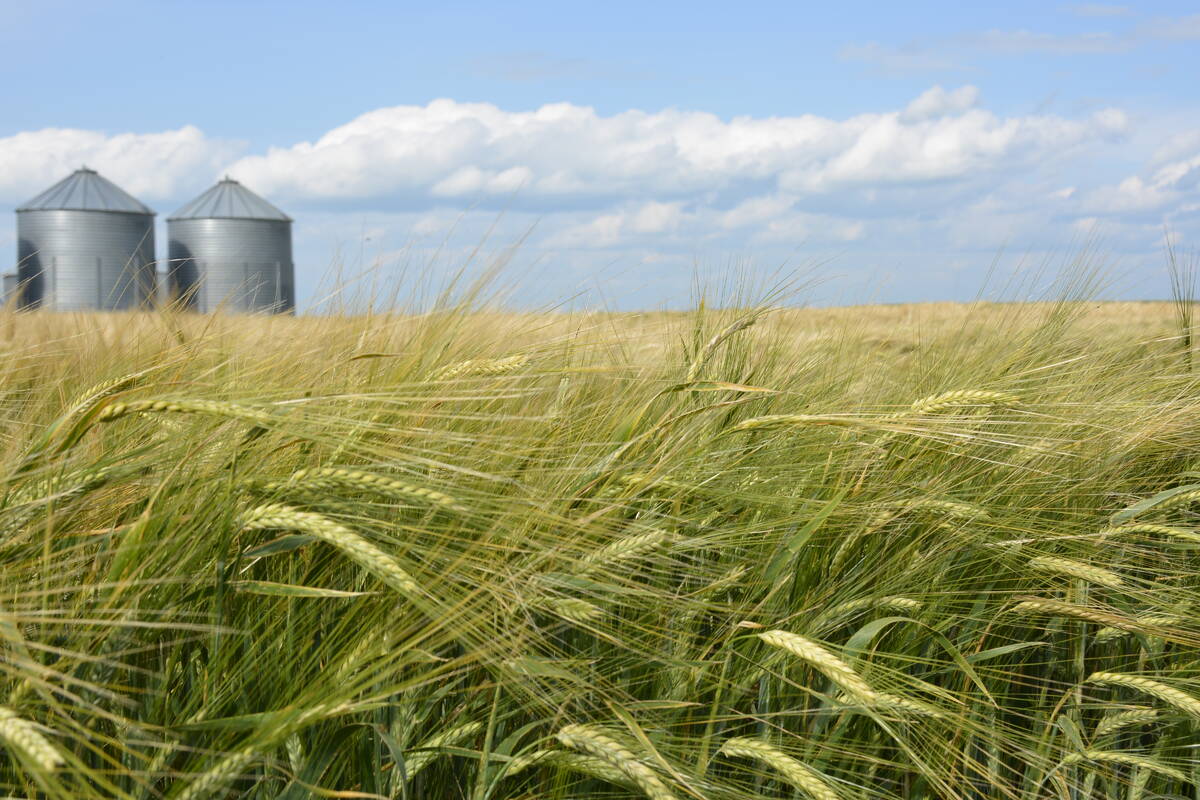SCOTT, Sask. – The Canadian Wheat Board intends to increase malting barley selections by one million tonnes over the next few seasons and producers need to improve their production practices to meet this demand.
Only 25 percent of the malting barley that is planted meets the quality demands of maltsters and brewers and is selected by the CWB.
“We need to increase that to 30 percent,” said board agronomist Mike Grenier.
The wheat board is making inroads with brewers, convincing them that Canadian products compete favourably with those of Australia and Europe despite higher protein content. Canadian barley tends to be 12-12.5 percent protein while Australian is a lower 11-11.5 percent.
Read Also

StatCan stands by its model-based crop forecast
Statistics Canada’s model-based production estimates are under scrutiny, but agency says it is confident in the results.
“We can expand the marketing opportunities but we need to be able to fill that demand.”
Grenier said producers can make choices that will help ensure their barley is selected for malting.
“Producers need to target their applications of nitrogen to match their yield potential. This begins with variety selection and then doing all they can to boost yields.”
Erin Armstrong of the Brewing and Malting Research Institute said producers need to realize how critical their on-farm actions are to beer production.
“What farmers do directly affects the beer that is produced,” she said. “If farmers want to improve their chances of selection for malt, they have to consider what is going to be the outcome of their production practices.”
Grenier told producers attending a field day in Scott that the future of Canadian malting barley production and marketing “remains with you.”
Weather plays a spoiler’s role by causing drought, staining and sprouting, the three enemies of the malt selection process.
“You can really help to eliminate the effect of weather by planting early.”
Crops such as pulses and canola also demand early seeding, but Grenier said it is critical for malt production. Agronomists suggest that every day seeding is delayed pushes down yield and shoves up protein levels.
“This is all about planning,” Grenier said.
Producers should target for plant densities of 20-25 plants per sq. foot, taking into account kernel weight per pound, germination rate and targeted level of nitrogen. He said producers of malting barley, unlike other cereals, want to avoid tillering plants, instead opting for higher plant densities that produce more even heads and kernel sizes.
“This gives you the greatest chance of producing plump kernels, diluting the protein.”
Grenier said early seeding requires producers to apply seed treatments to minimize disease.
















